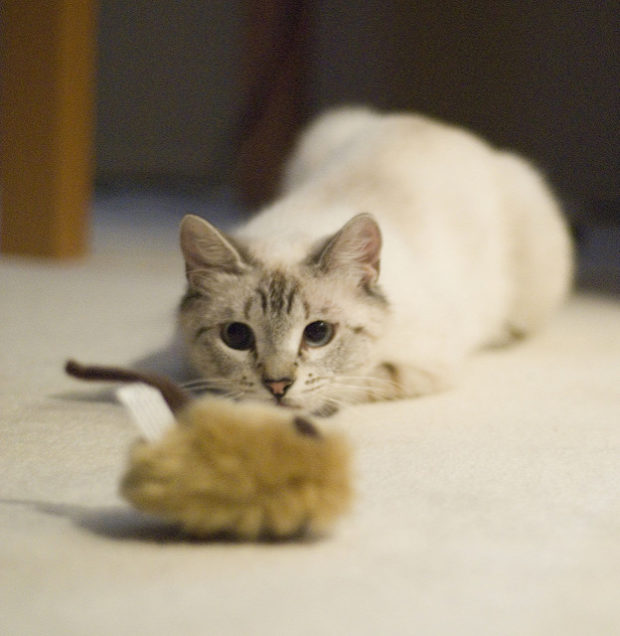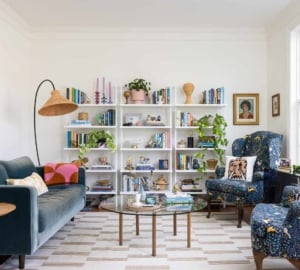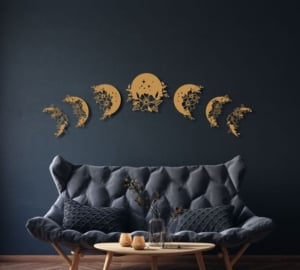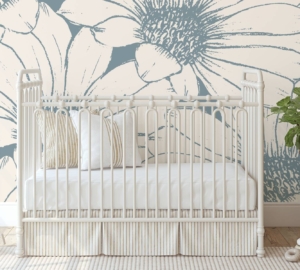You’ve decided to take the plunge and join the ranks of cat owners. Cats can be funny, intelligent, affectionate, and great companions. They also come with needs that are unique and tend to disrupt the household a little bit. Cats need scratching furniture and litter boxes for their mental health and toilet habits. This means you have to protect your furniture and add in items that don’t necessarily flow with a well-designed home. It’s possible to bring a cat and its accessories into the home without too much disruption to the existing decor.
Hiding the Litter Box

To love a cat is to deal with a litter box. Cats come with an instinct to bury their waste. Ones that spend their lives outdoors tend to find a convenient garden to do their business. However, cats kept inside need someplace to go, and fresh dirt isn’t readily available. The solution is a pan filled with litter that absorbs their output. But even the best litter can’t hide the visuals and smells that come with having a cat and its litter box. Plainly put, it’s not pretty.
The market has risen to the occasion with countless hidden litter box styles. Hide the box under a plant, or put it inside a table in the bathroom. There’s a design out there that fits your decor while also removing the litter box from sight.
Keeping the Toys Under Control

Cats love toys of all kinds. It stimulates their prey drive and gives them the satisfaction of making a “kill.” But, toys have a tendency to get lost under appliances and furniture, or get left out. Either way, it makes keeping the house clean a bit more difficult. Not to mention the strain of rescuing a toy from a tight spot. One way to minimize the toy clutter is to use virtual cat toys.
The laser pointer is perhaps the most well-known virtual cat toy, but it’s not the only one. Smartphones such as the Samsung Galaxy S6 Edge have a large screen that’s perfect for cat toy apps. Fish, mice, and other prey run across the screen, enticing the cat to swat and “kill” the creature.
Cat Scratching Furniture
It’s never a good idea to declaw a cat because it is considered amputation of its first set of toe bones. It is possible to train a cat to scratch where you want it to, not where it wants to. In order to do that, you need scratching furniture that’s more enticing than the human furniture.
Cardboard scratchers are popular because they’re disposable, and cats love them. But they are not the only texture that attracts a cat. Sisal rope wrapped around a post or carpeting on an angled plank are also attractive to cats. This is because cats are tree dwellers and are used to sitting upright or angled on their haunches to sharpen their claws on tree bark. It’s their nature to stretch and scratch. This type of scratching furniture looks like contemporary accessories and fit well into a house with modern design and decor.
Cat Trees
Many cat owners get a cat tree for their pets on which to lounge. Sometimes, they just won’t fit into the home due to their size and shape. Consider engaging in “catification” of the house by putting up carpeted shelving on certain walls. Set the shelves in a step pattern and in a spot where a cat can leap. The shelves blend into the home, and no one will be the wiser until they notice a cat laying on one of the shelves. Cats happily hang out on the shelves as they survey their domain from the highest point.
Adding a cat or two into the home is a wonderful experience. And, it is one that doesn’t have to disrupt the current look of the home with a little ingenuity. Look around the home, evaluate where the cat accessories can fit in, and go to town with the changes.



